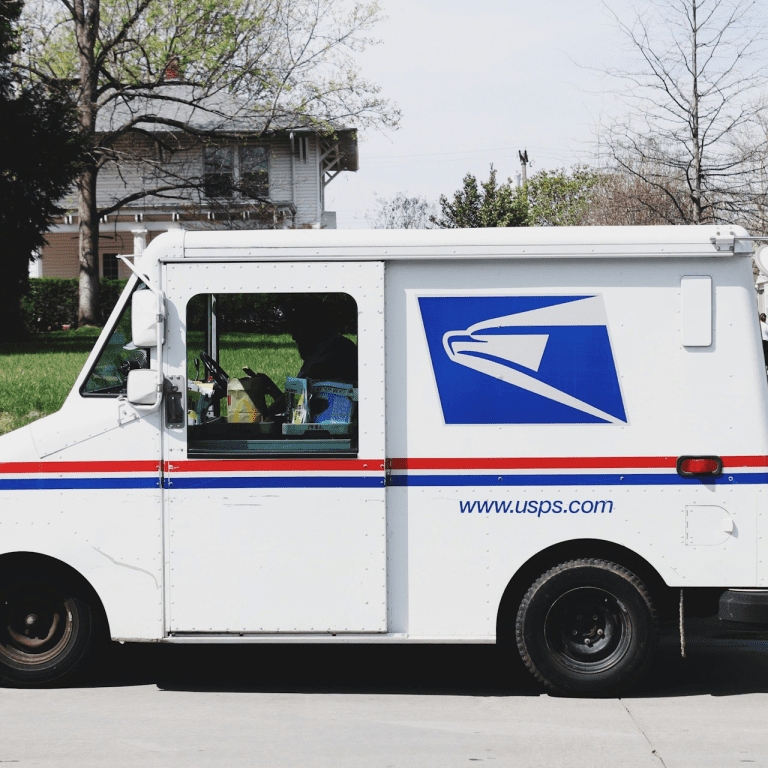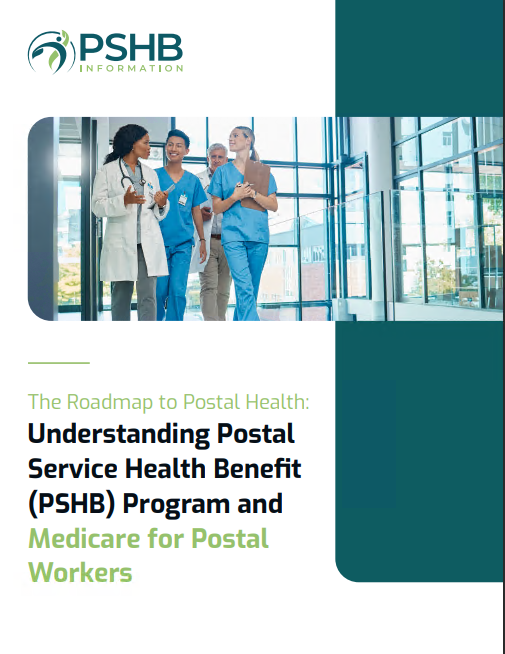Key Takeaways:
-
The new Postal Service Health Benefits (PSHB) plans for 2025 promise more tailored options to meet the diverse needs of USPS workers and their families.
-
Understanding the changes and actively exploring your options will help you make the most of this opportunity during Open Season.
The Big Picture: Why PSHB Plans Are Worth Your Attention
If you’re part of the USPS workforce or retired from it, the 2025 switch to the Postal Service Health Benefits (PSHB) program could bring new opportunities to enhance your healthcare coverage. This isn’t just an administrative update—it’s a chance to rethink how your health benefits serve you and your family. From expanded options to better alignment with Medicare, this overhaul has the potential to reshape your experience with health coverage.
What Makes the 2025 PSHB Plans Different?
The PSHB program replaces the Federal Employees Health Benefits (FEHB) system specifically for USPS employees, retirees, and their families. Let’s break down the key differences and why they matter to you.
A Strong Focus on Customization
The PSHB plans are designed with USPS employees in mind, offering tailored benefits that address the unique demands of your job and life stage. Whether you’re actively working, preparing for retirement, or already retired, there’s likely a plan that fits your needs more closely than before.
Mandatory Medicare Part B Enrollment
If you’re retired and eligible for Medicare, you’ll need to enroll in Medicare Part B to maintain PSHB coverage. While this adds an extra layer to your planning, it also ensures you’ll have access to comprehensive coverage that combines Medicare’s strengths with the additional benefits offered by PSHB plans. If you retired before January 1, 2025, and aren’t enrolled in Part B, you may qualify for exemptions.
Streamlined Plan Choices
Gone are the days of sorting through an overwhelming number of options. The PSHB program simplifies the selection process, narrowing choices to those that best serve USPS employees and retirees. This streamlining ensures that every plan is relevant and effective for the postal workforce.
How to Evaluate Your Options
With Open Season set for November 11 to December 9, 2024, it’s time to start preparing. Here’s how you can make an informed choice:
1. Review Your Current Coverage
Take a detailed look at your current FEHB plan. What’s working? What’s not? Make a list of your priorities, such as lower premiums, broader provider networks, or better prescription coverage. This will give you a clear framework to compare PSHB plans.
2. Understand the Role of Medicare
For retirees, understanding how Medicare integrates with PSHB is crucial. How will costs and benefits be divided? What does Medicare cover versus PSHB? Knowing these answers can help you avoid surprises and maximize your coverage.
3. Explore Available Resources
USPS is providing tools like webinars, comparison charts, and FAQs to make your decision-making process easier. Take advantage of these resources to dig into the details of each plan.
Key Questions You Should Be Asking
Navigating the PSHB transition requires the right questions. Here are some to keep in mind:
What Happens If I Miss Open Season?
If you don’t actively select a plan during Open Season, you’ll be automatically enrolled in a comparable PSHB plan. While this ensures you won’t lose coverage, it may not be the best fit for your needs. Taking control during Open Season allows you to select the most suitable option.
Will My Costs Go Up?
Costs may shift depending on your chosen plan and whether you’re integrating Medicare. While some retirees might see savings due to Medicare coordination, others may need to adjust their budgets for additional premiums. It’s best to calculate potential costs ahead of time.
Are My Current Providers Covered?
Provider networks may vary between plans, so it’s essential to confirm that your preferred doctors and specialists are included. Losing access to a trusted provider can disrupt your healthcare.
How Does This Impact My Family?
If you’re covering dependents, check the eligibility rules and benefits for family members. Make sure the plan you select provides comprehensive coverage for everyone under your policy.
Benefits of the New PSHB Program
While change can feel overwhelming, the PSHB program offers several advantages that could improve your healthcare experience:
Improved Coverage for Retirees
By requiring Medicare Part B enrollment, PSHB ensures retirees have more comprehensive coverage. Medicare handles core healthcare needs, while PSHB fills in the gaps, creating a more robust safety net.
Simplified Plan Choices
With fewer options to sift through, selecting a plan becomes more straightforward. The PSHB plans are curated to suit the postal workforce, ensuring relevance and quality.
Tailored Benefits for USPS Workers
From coverage that addresses occupational health risks to options for families, PSHB plans are built with USPS employees in mind. This tailored approach is a significant upgrade from the broader FEHB system.
Challenges You Might Face
No system is perfect, and the PSHB transition may come with its own set of hurdles. Here are some potential challenges:
Adjusting to New Costs
If you’re transitioning from FEHB to PSHB, you may experience changes in how and when you pay premiums or out-of-pocket costs. Planning your budget now can help ease this adjustment.
Understanding Medicare Requirements
For retirees new to Medicare Part B, navigating enrollment deadlines and premium costs can be confusing. Missing key deadlines can result in penalties, so staying informed is essential.
Limited Time to Decide
The Open Season window is short, and the stakes are high. Procrastinating could leave you scrambling to make a decision. Start your research early to avoid last-minute stress.
Tools to Help You Navigate Open Season
The USPS is offering several resources to ensure a smooth transition:
Webinars and FAQs
Learn the ins and outs of PSHB through USPS-hosted webinars and detailed FAQs. These tools can clarify complex topics and answer your most pressing questions.
Plan Comparison Tools
Use online comparison tools to evaluate PSHB plans side by side. Pay attention to coverage details, provider networks, and cost structures.
Professional Advice
Consider consulting with a benefits counselor or financial planner if you’re unsure about your options. Their expertise can provide personalized insights tailored to your situation.
What to Do After Open Season
Once you’ve selected a plan, there are still steps to take to ensure everything is in order:
-
Confirm Enrollment: Double-check your enrollment details, including coverage for dependents.
-
Update Medical Providers: Notify your healthcare providers about any changes in your insurance.
-
Monitor Communication: Stay alert for updates from USPS regarding your new plan.
Planning Ahead for 2025 and Beyond
The switch to PSHB is more than a one-time event—it’s an opportunity to rethink how you approach healthcare. By staying proactive and informed, you can turn this transition into a chance to improve your health coverage and secure peace of mind for the future.
Take Control of Your Healthcare Choices
This is your moment to evaluate, plan, and act. The 2025 PSHB plans are designed to provide better options, but it’s up to you to make the most of them. Start preparing today so you can confidently choose the best coverage for you and your family.








